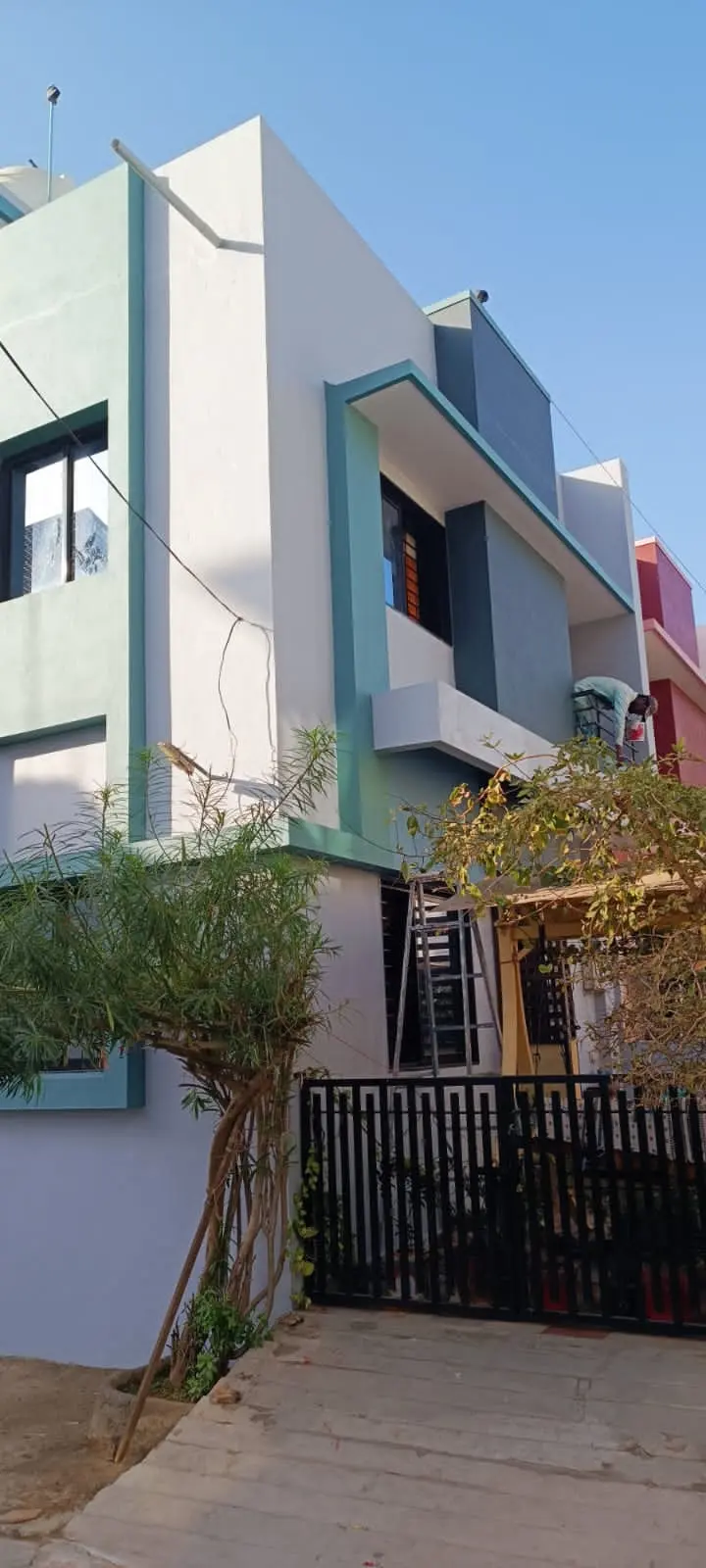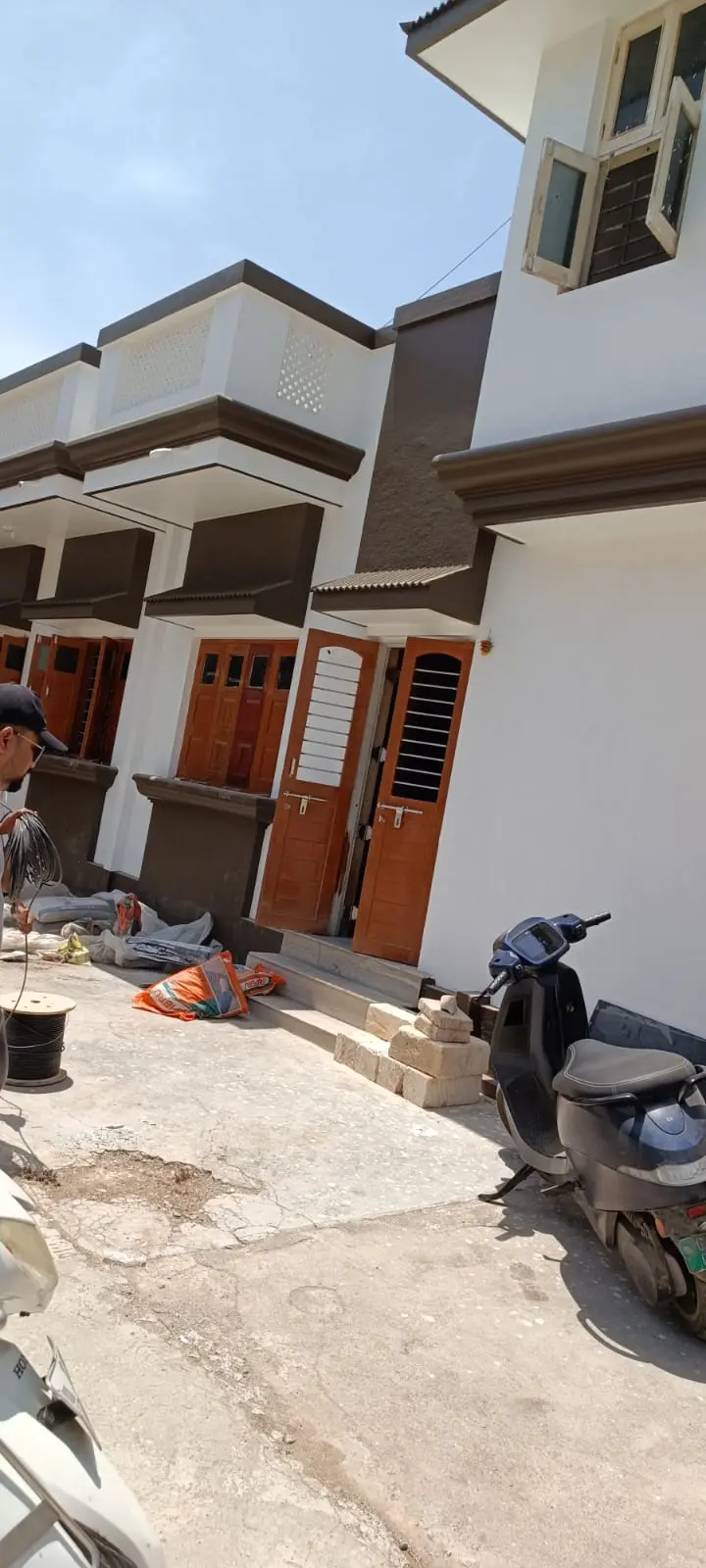When it comes to waterproofing construction projects, choosing the right material is critical. At RWS, we often get asked about the differences between Polyurethane and Acrylic Polymer coatings—two of the most widely used construction chemicals in modern waterproofing. Both have their strengths, but the right choice depends on your project’s needs, budget, and durability requirements.
What Is Polyurethane?
Polyurethane (PU) is a high-performance elastomeric waterproofing compound known for its strong adhesion, flexibility, and durability. It forms a seamless membrane that withstands heavy movement, structural cracks, and harsh weather conditions.
Key Features of Polyurethane
- Excellent crack-bridging capacity
- High tensile strength and elasticity
- UV, chemical, and abrasion resistance
- Ideal for submerged and heavy-duty environments
What Is Acrylic Polymer?
Acrylic Polymer is a water-based, flexible coating widely used for roof protection, damp-proofing, and wall coatings. It provides a breathable membrane and is preferred for cost-efficient and eco-friendly applications.
Key Features of Acrylic Polymer
- Water-based and eco-friendly
- UV reflective and heat-resistant
- Economical for large areas
- Provides breathable waterproofing
Detailed Scope of Applications
Polyurethane Waterproofing Applications
Polyurethane is engineered for high-stress, critical waterproofing environments where structural safety and long-term reliability are non-negotiable.
- Basements & Underground Structures – Handles hydrostatic pressure and seepage from groundwater.
- Lift Pits & STP/ETP Tanks – 100% water immersion, zero failure tolerance.
- Podium Slabs & Parking Decks – Withstands vehicular load, movement, abrasion.
- Industrial Floors & Manufacturing Units – Resistant to chemicals, oils, thermal shock.
- Expansion Joints & Crack Injection – Maintains elasticity even after structural movement.
- Swimming Pools & Water Tanks – Chlorinated/prolonged water contact.
Acrylic Polymer Waterproofing Applications
Acrylic Polymer is ideal for non-immersive, mild movement, residential or preventive waterproofing.
- Residential Terrace & Balcony Waterproofing – Solar reflective, reduces heat load.
- External Walls & Damp-Proofing – Breathable film prevents internal dampness.
- Plaster Bonding / Cement Modifier – Acts as anti-shrinkage bonding agent.
- Overhead Roofs & Fiber Sheet Coatings – Reflects UV radiation, extends life.
- Preventive Waterproofing During Construction – As part of long-term protection strategy.
Polyurethane vs Acrylic Polymer:
Head-to-Head Comparison
Parameter | Polyurethane | Acrylic Polymer |
Flexibility | Extremely high | Moderate |
Crack Resistance | Up to 2 mm+ | Limited |
UV Resistance | Excellent | Very good |
Water Immersion | 100% suitable | Not suitable for long-term immersion |
Lifespan | 8–12 years | 5–8 years |
Cost | Higher | Economical |
Application Area | Basements, podiums, terraces, expansion joints | Terrace, walls, damp-proofing |
Industry Stats You Should Know
- Over 70% of waterproofing failures in India are caused by choosing the wrong chemical system — usually using acrylic where PU is required in submerged or high-movement zones.
- Polyurethane coatings last 8–12 years, compared to 5–7 years for acrylic polymer, under Indian climatic stress conditions.
- PU systems withstand up to 2–3 mm crack movement, while acrylic typically fails beyond 0.5–1 mm — making PU the global standard for structural stress zones.
Need Expert Recommendation? At Rudra Waterproofing Services, we provide both Polyurethane and Acrylic Polymer systems—custom-selected based on your exact site conditions. Contact us today for a free consultation. Click here


